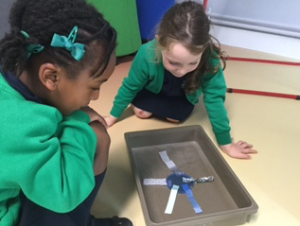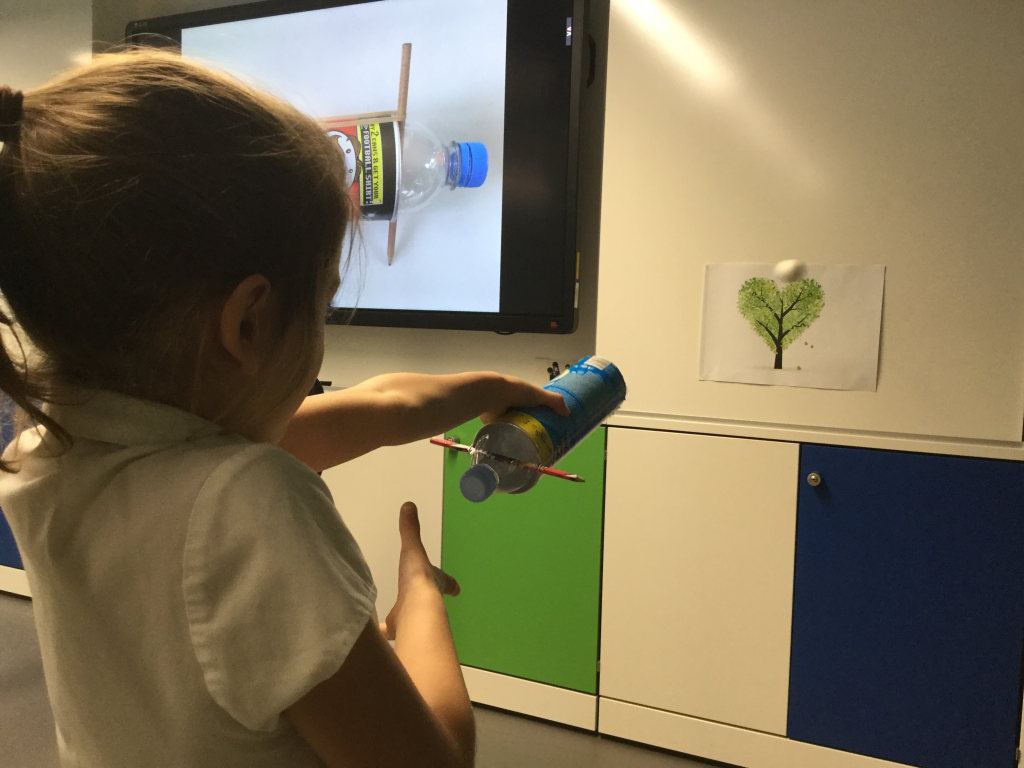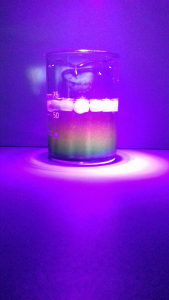By Isabelle Zeidler, Year 7.
What is AI, and how will it change our future?
Firstly, so that AI works, there are three key requirements: data, hardware and algorithms. An example of data are the words in a dictionary saved on a computer. You need this because otherwise Google Translate won’t work. Hardware is necessary so that the computer is able to store data. Lastly, algorithms are what many of us know as programming; the function so that we can do something with our data.
The history of AI is longer than we imagine; we have used AI since 1950. Machine Learning (ML) is a kind of AI. We have used ML since 1980. The most modern kind of ML, AI is Deep Learning (DL). Many of us do not know about this, but a lot of us know the companies that use it. One of the most advanced companies in DL are Google and IBM Watson. So why is DL so amazing? ML has some kind of coding of rules given by programmers. DL learns these rules by observation. This is similar to what happens when babies learn to speak – they rely on observing others.
There are four amazing skills which AI can do:
- computer vision
- natural language processing
- complex independent navigation
- machine learning
Not all AI use all of these abilities. Some examples of computer vision would include the new passport control at the airport. Another example which is very popular is face recognition in an iPhone X or Surface Pro. The second skill is natural language processing. This is the ability to understand language. A relevant example is Alexa. In the future, some call centres will also use AI’s ability to understand language (it has already started). For example, when you call a bank, a robot will be able to answer even complex inquiries, not just tell you the account balance. Complex independent navigation examples are modern technology ideas like drones and planes.
Do you think that AI may soon even be better than humans?
Well, it is happening already. When focusing on image recognition and accuracy, some scientists compared machines with humans. Human’s accuracy is at 97%. But AI’s accuracy has changed dramatically. Eight years ago, machines were 65% accurate. In 2016, machines were equal to humans, both 97%. Today, in 2018, machines are even better than humans. This is why AI is very likely to change our world, positively and negatively. Some positive examples are that AI powered machines can understand many languages, can speak many different accents, are never tired or grumpy and may be cheaper.
In 1997, IBM Watson made the start to a big step in AI. For the first time, a machine won against a human in chess. A programmer programmed all the moves, and the robot didn’t need AI, let alone ML and DL. 19 years later, another exciting game was played. In an even more complex game than chess, the Japanese game ‘Go’, a robot won against world champion Lee Sedol. In the game ‘Go’, however, Google faced a big problem. Go has too many possible moves to programme. So, Google programmers used AI: they programmed the rules and objective of the game and based on that AI won. Later, AlphaGo lost against AlphaGo0. Both robots used AI but AlphaGo0 was even more advanced. AlphaGo0 learnt the rules by observing AlphaGo.
Will AI powered machines replace workers?
How much time could be saved by using AI in the future? McKinsey compared which skills that humans have will be easiest to replace in the future. The skills which would be easy to replace include predictable physical work (building cars is already being replaced) and collecting and processing data (because this is what robots do all the time, such as calculator). On the other hand, the four activities which would not be easily replaced are management, expertise (applying judgement), interface (interacting with people) and unpredictable physical work (e.g. caretakers). The research group discovered that less than 10% of jobs can be fully automated, but more than 50% of work activities can be automated.
What will the future look like?
The following jobs will be in high demand: care providers, educators, managers, professionals and creatives. So, if you were interested in being doctors, teachers, scientists, engineers, programmers or artists, you are less likely to be replaced by robots. AI will also take away jobs, however such as customer interaction and office support. Waiters and IT helpdesks will not be so promising careers anymore (robots will fix robots!).
There are three main reasons why these jobs will be automated: save costs, provide better customer services and offer entirely new skills. The main reason is better services. Saving costs also plays a big role, e.g. for building cars. And oil and gas islands will be taken over by robots because it is less dangerous for robots, who can go to most places.
In conclusion, AI is already taking over some elements of jobs. As the technology progresses, however, many more jobs may be automated.
The safest jobs are the ones with social skills.
(source: report by Susan Lund from McKinsey: https://www.mckinsey.com/~/media/McKinsey/Global%20Themes/Future%20of%20Organizations/What%20the%20future%20of%20work%20will%20mean%20for%20jobs%20skills%20and%20wages/MGI-Jobs-Lost-Jobs-Gained-Report-December-6-2017.ashx )
Follow @STEAM_WHS on Twitter

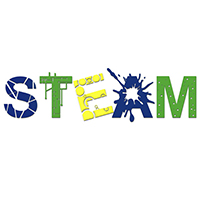


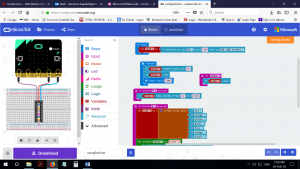
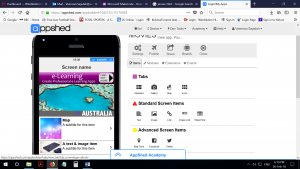
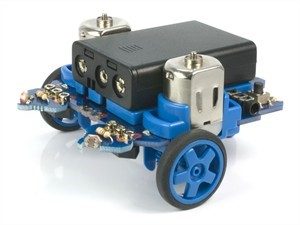
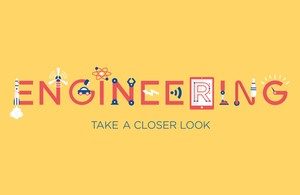
 lp to discover how many parents and pupils you have in your class with scientific interests and skills.
lp to discover how many parents and pupils you have in your class with scientific interests and skills.